We may earn money or products from the companies mentioned in this post. This means if you click on the link and purchase the item, I will receive a small commission at no extra cost to you … you’re just helping re-supply our family’s travel fund.
Germany’s beer culture is legendary, deeply woven into the fabric of daily life and celebrated with a passion that goes beyond just the drink itself. For U.S. travelers, understanding and embracing these traditions can transform your visit from a simple tasting tour into a rich, immersive experience. Prepare to discover the nuances of a culture where quality, conviviality, and a genuine appreciation for brewing excellence define every pour. Get ready to raise a glass and truly connect with the heart of German hospitality.
1. Embrace the Beer Garden Experience
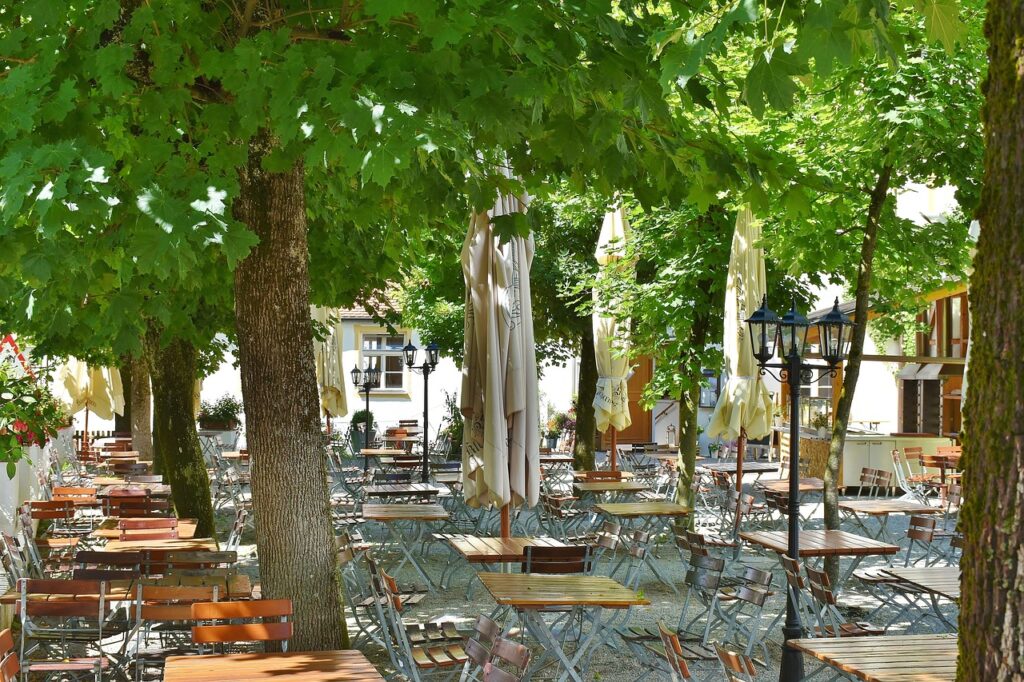
German beer gardens, or Biergärten, are far more than just outdoor pubs; they are cherished social institutions, especially vibrant during the warmer months. In cities like Munich, you’ll find over 100 operational beer gardens, even on a casual weekday evening. These lively spaces feature long communal tables where friends, families, and even strangers gather to share massive mugs of beer. It’s a quintessential German experience, offering a relaxed atmosphere to enjoy local brews and the company of others outdoors, truly capturing the spirit of German conviviality under the open sky.
2. Understand the Purity Law (Reinheitsgebot)

Germany’s Beer Purity Law, or Reinheitsgebot, dates back to 1516 and dictates that beer can only be made from water, barley, and hops (yeast was added later). This ancient regulation ensures the remarkable quality and consistency of German beer, a testament to centuries of brewing dedication. You’ll quickly appreciate the clean, crisp taste that results from this unwavering commitment to pure ingredients. It’s not just a historical curiosity; it’s a living tradition you can distinctly taste and feel in every single sip you take.
3. Know Your Beer Types

German beer goes far beyond just “lager.” You’ll encounter a fascinating array of styles, each with its own character and regional identity. Look for Weizenbier (wheat beer), often served in tall, elegant glasses with a cloudy appearance and delightful fruity or banana-like notes. Pilsner is a crisp, hoppy lager, while Dunkel offers richer, darker, maltier flavors. In Bavaria, Helles is a widely popular, lighter, and subtly malty lager. Don’t be afraid to ask your server for recommendations or simply point to what looks appealing; exploring these diverse types is an essential and rewarding part of the adventure.
4. Learn the Art of the Prost!
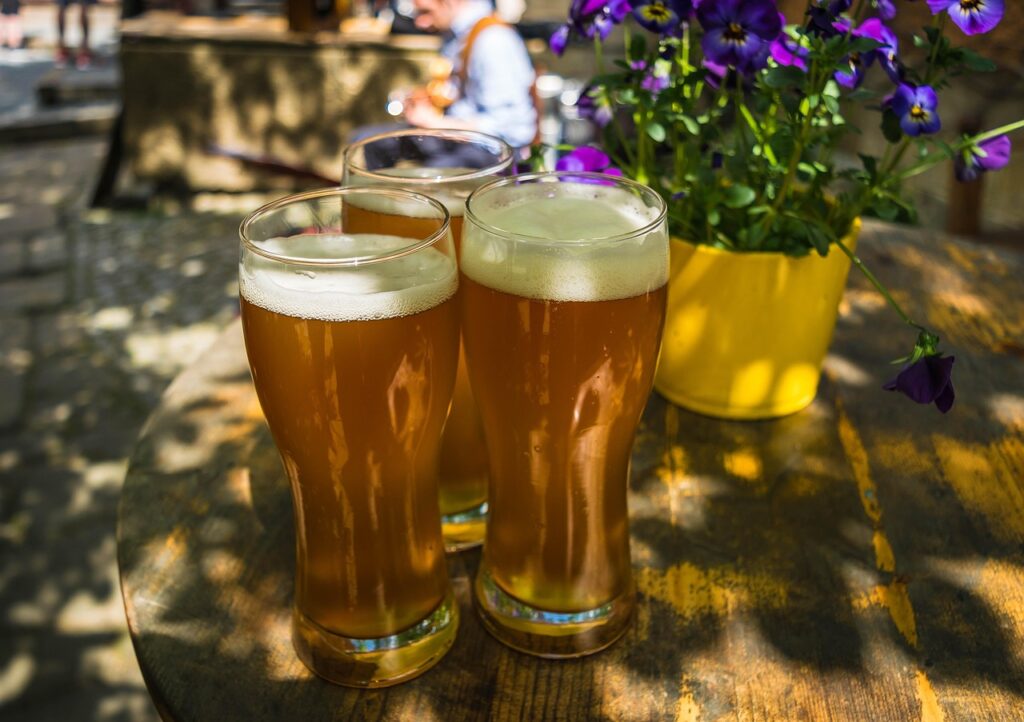
When raising a glass in Germany, the customary toast is “Prost!” or “Zum Wohl!” (to your health!). It’s not just a casual shout; it’s polite and expected to make firm eye contact with everyone you clink glasses with, ensuring that each person at the table feels acknowledged. This small gesture is a significant, almost ceremonial, part of the social ritual surrounding German beer. Joining in the “Prost!” tradition instantly connects you with your fellow drinkers and demonstrates respect for local customs, truly immersing you in the convivial spirit of the moment.
5. Be Mindful of Glassware

In Germany, each beer style often has its specific, traditionally shaped glass, meticulously designed to enhance the beer’s aroma, flavor, and overall presentation. A Weizenbier will come in a tall, slender glass that helps capture its voluminous head and complex aromas, while a crisp Pilsner might be served in a more tapered glass to showcase its clarity and carbonation. While you don’t need to memorize every pairing, simply appreciating this deep attention to detail enhances your drinking experience. It reflects the meticulous care Germans put into their brewing and serving traditions, making each pour intentional.
6. Embrace the Communal Seating
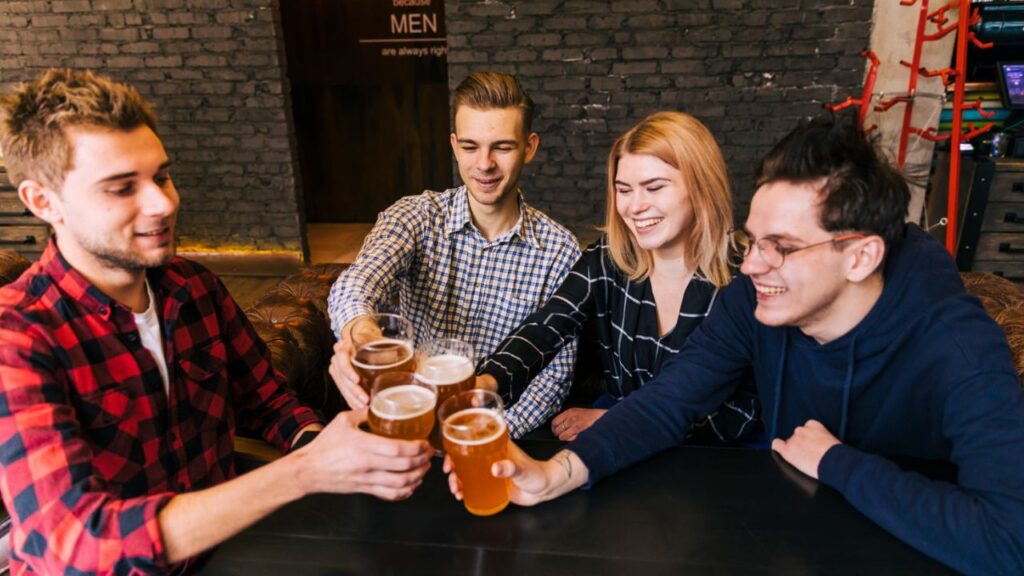
In traditional German beer halls and gardens, communal seating is very much the norm, not the exception. You’ll frequently find yourself sharing long wooden tables with strangers, which is an integral and charming part of the German beer experience. This informal setup actively encourages conversation and fosters an immediate sense of camaraderie amongst drinkers. Don’t be shy; it’s quite common and welcomed to strike up a chat with your table neighbors, especially after a few refreshing liters. This communal aspect genuinely fosters a friendly atmosphere, making it easy to connect with locals and fellow travelers alike.
7. Understand Ordering and Payment
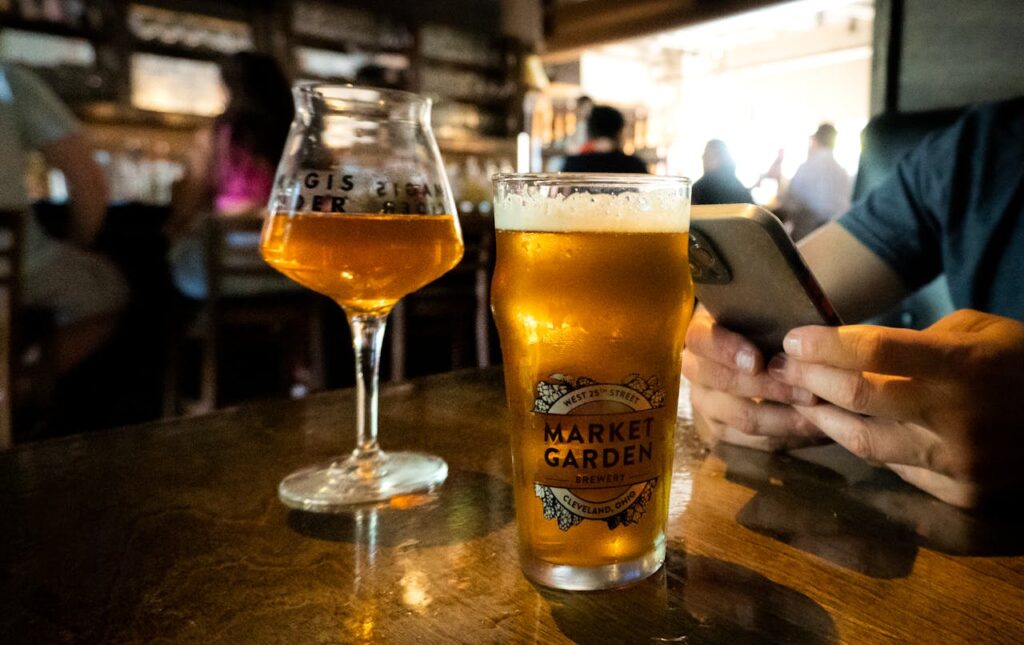
In many traditional beer halls and gardens, particularly during busy times or at large events like Oktoberfest, servers might not bring individual bills immediately. Instead, they often mark your beer consumption on a small paper slip or directly on a coaster at your table. You then pay for all your drinks when you’re ready to leave the establishment. It’s still quite customary to pay cash, though card payments are increasingly accepted in larger, more modern places. When ordering, simply state the beer type and size, for example, “Ein Helles, bitte” (A Helles, please). Knowing this process helps you navigate busy venues with effortless ease.
8. Consider Bringing Your Own Food to Beer Gardens

One of the most charming and unique aspects of traditional Bavarian beer gardens is the widely accepted allowance for patrons to bring their own food. While many gardens also offer hearty, delicious German fare like giant pretzels (Brezeln), various sausages (Würstchen), and succulent roasted chicken (Hähnchen), packing your own picnic basket is a beloved and time-honored tradition. This makes for a wonderfully budget-friendly and highly personalized dining experience, allowing you to pair your favorite snacks or home-cooked meals with a fresh draft beer. It’s a truly local and authentic way to enjoy a warm afternoon or evening.
9. Know That Tipping is Appreciated, Not Expected

Unlike in the U.S. where tipping often forms a large and expected portion of a server’s income, in Germany, it’s more of an acknowledgement of genuinely good service, not a fixed percentage. It’s customary to round up the bill to the nearest Euro, or add a small amount, perhaps 5-10% for truly excellent service. You typically tell the server the total amount you want to pay, including your intended tip, when they bring the bill and you hand over the money. For example, if the bill is 18.50 Euro, you might simply say “20 Euro.” This small gesture shows appreciation without being a significant financial burden or expectation.
10. Visit a Brewery Tour or Museum
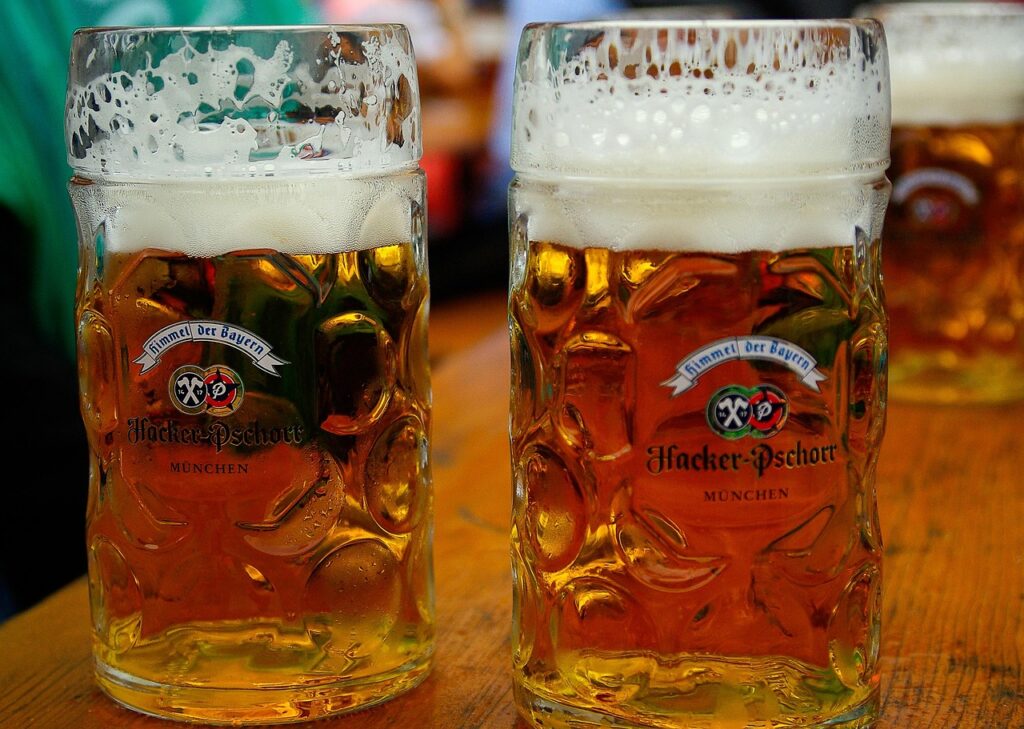
To truly deepen your appreciation for German beer, consider dedicating some time to visiting a local brewery or a specialized beer museum. Many major cities across Germany, especially brewing hubs like Munich and Cologne, offer fascinating tours that delve into the rich history of brewing, the intricacies of the Reinheitsgebot, and the meticulous process of making different beer styles. You’ll often get a generous tasting included as part of the experience. This educational journey provides profound insights into Germany’s unparalleled brewing heritage, transforming your enjoyment of that golden liquid from casual refreshment to informed admiration.
Other Blog Posts You Might Enjoy
www.idyllicpursuit.com (Article Sourced Website)
#German #Beer #Culture #Tips #U.S #Travelers #Idyllic #Pursuit
